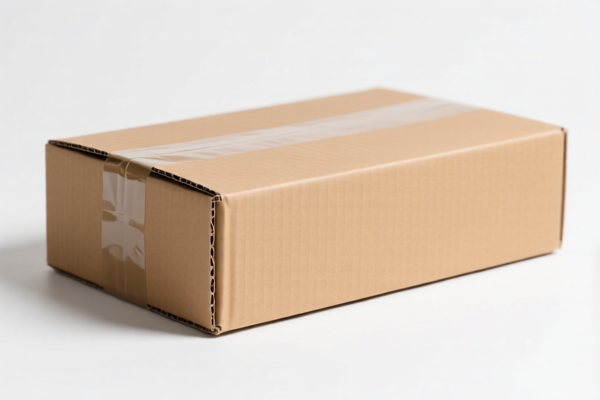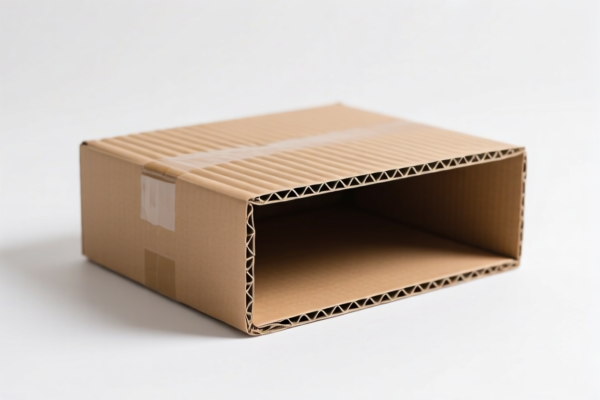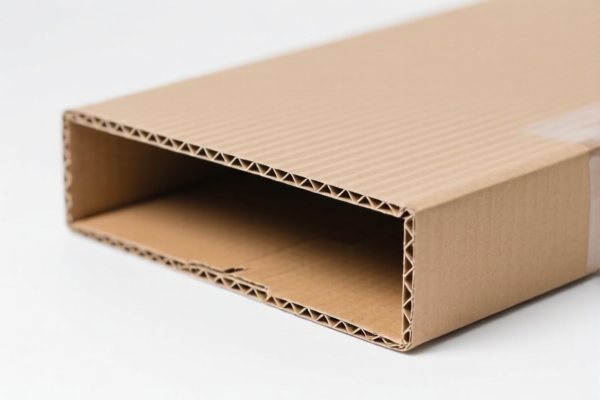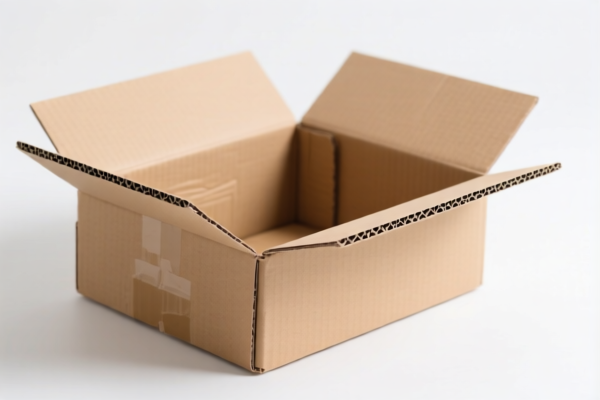| HS Code | Official Doc | Tariff Rate | Origin | Destination | Effective Date |
|---|---|---|---|---|---|
| 4819100020 | Doc | 55.0% | CN | US | 2025-05-12 |
| 4819100040 | Doc | 55.0% | CN | US | 2025-05-12 |
| 4819200020 | Doc | 55.0% | CN | US | 2025-05-12 |
| 4819200040 | Doc | 55.0% | CN | US | 2025-05-12 |
| 4415103000 | Doc | 55.0% | CN | US | 2025-05-12 |




Okay, let's break down the HS codes you've provided for "Cartons" and related packing materials. I'll give you a structured explanation, focusing on what each code means and potential implications for import from China (CN).
Understanding HS Codes: A Quick Primer
HS codes (Harmonized System codes) are internationally standardized codes used to classify traded products. The first 6 digits are generally consistent worldwide, while additional digits can vary by country. Here's how to read them:
- Chapter (First 2 digits): Broad category of goods.
- Heading (Next 2 digits): More specific grouping within the chapter.
- Subheading (Next 2 digits): Even more detailed classification.
- Additional digits: Country-specific for tariff and statistical purposes.
Analysis of Your HS Codes
Here's a breakdown of each code you provided:
1. 4819.10.00.20 – Cartons, Boxes & Cases of Corrugated Paper/Board (Sanitary Food/Beverage)
- Chapter 48: Paper and paperboard; articles of paper pulp, paper residues from the pulp industry, paperboard wadding and webs of cellulose fibres.
- Heading 4819: Cartons, boxes, cases, bags and other packing containers, of paper, paperboard, cellulose wadding or webs of cellulose fibres.
- Subheading 4819.10: Of corrugated paper or paperboard.
- Additional Digits .00.20: Specifically for sanitary food and beverage containers.
- Tax: Base Tariff: 0.0%, Additional Tariff: 25.0%, Post 2025.4.2: 30.0%, Total: 55.0%
2. 4819.10.00.40 – Cartons, Boxes & Cases of Corrugated Paper/Board (Other)
- Similar to 4819.10.00.20, but for corrugated paper/board cartons not specifically designated for sanitary food/beverage use.
- Tax: Same tax structure as above (55.0% total).
3. 4819.20.00.20 – Folding Cartons, Boxes & Cases of Non-Corrugated Paper/Board (Sanitary Food/Beverage)
- Heading 4819.20: Of non-corrugated paper or paperboard.
- Additional Digits .00.20: Specifically for sanitary food and beverage containers.
- Tax: Same tax structure as above (55.0% total).
4. 4819.20.00.40 – Folding Cartons, Boxes & Cases of Non-Corrugated Paper/Board (Other)
- Similar to 4819.20.00.20, but for non-corrugated paper/board cartons not specifically designated for sanitary food/beverage use.
- Tax: Same tax structure as above (55.0% total).
5. 3923.10.00.00 – Boxes, Cases, Crates of Plastics (Other)
- Chapter 39: Plastics and articles thereof.
- Heading 3923.10: Boxes, cases, crates and similar articles.
- Additional Digits .00.00: Other.
- Tax: Tax information failed to retrieve. You will need to confirm the tax rate with your customs broker or the relevant customs authority.
6. 4415.10.30.00 – Packing Boxes, Cases of Wood (Solid Sides, Lids, Bottoms)
- Chapter 44: Wood and articles of wood; wood charcoal.
- Heading 4415.10: Packing boxes, cases, crates, drums and similar packings, of wood.
- Additional Digits .30.00: Specifically for packing boxes and cases with solid sides, lids, and bottoms.
- Tax: Base Tariff: 0.0%, Additional Tariff: 25.0%, Post 2025.4.2: 30.0%, Total: 55.0%
Important Considerations & Recommendations:
- Material is Key: The HS code hinges on the material of the carton (paperboard, corrugated paper, plastic, wood). Ensure you select the correct code based on the actual composition.
- End Use Matters: The "sanitary food/beverage" designation impacts the code. If the cartons are specifically designed for food/beverage packaging, use the corresponding code.
- 2025.4.2 Tariff Changes: Be aware of the planned tariff increases after April 2, 2025. Factor this into your cost calculations.
- Tax Information for 3923.10.00.00: Crucially, you must obtain the correct tax rate for HS code 3923.10.00.00 before importing plastic boxes.
- Certifications: Depending on the end use of the cartons (especially for food contact), you may need certifications like FDA compliance (for the US) or equivalent standards for your destination country.
- Invoices & Packing Lists: Ensure your supplier provides detailed invoices and packing lists that accurately describe the materials and end use of the cartons. This is vital for customs clearance.
- Consult a Broker: I highly recommend working with a customs broker in both China and your destination country. They can provide expert guidance on HS code classification, tariff rates, and import regulations.
Disclaimer: I am an AI assistant and cannot provide definitive legal or customs advice. This information is for general guidance only. Always consult with qualified professionals for specific import requirements.
Customer Reviews
The review of the 55% tariff rate for all the HS codes was clear and very useful for calculating import costs. Highly recommend this page for exporters.
The guide helped me differentiate between corrugated and non-corrugated paperboard. The only thing missing was a comparison table of all the HS codes.
I really appreciated the note about the 3923.10.00.00 HS code. It was a reminder to confirm the tax rate with a customs broker before importing plastic boxes.
The section on HS code 4415.10.30.00 for wooden boxes was very informative. I now understand the correct classification for wooden packing materials.
The information on HS code 4819.20.00.20 was good, but I wish there were more examples of non-corrugated paperboard uses.